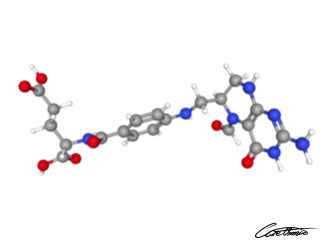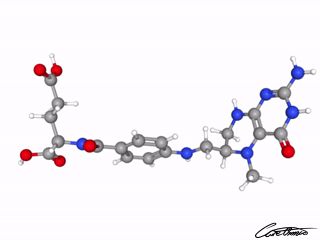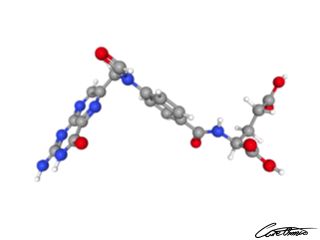Folates: How To Use Them For Your Benefit
Most people assume that folate and folic acid are the same things.
But there are two different forms of the essential vitamin B9.
Folate and folic acid are a member of the family water-soluble vitamin B.
Tip! If you're looking for a specific vitamin B9, I recommend you use the expanded toc to find it.
Table of Contents
Folate Vs Folic Acid
Folate is the natural form of vitamin B9 present in many whole foods, including leafy greens, beans, eggs, citrus fruit, avocados, and beef liver.
Folic acid is a synthesized version of vitamin B9.
It is added to processed foods and is the common version used in supplements.
Folic Acid Is Important When Pregnant
Demands for folate increase during pregnancy because it is vital for DNA replication.
It is also essential for the growth and development of the fetus.
Folate is essential for the formation of proteins and genetic material.
Lack of folate during pregnancy can cause birth defects such as spina bifida and underdevelopment of the brain.
Dietary supplementation with folic acid around the time of conception has long been known to reduce the risk of NTDs ◳ in the fetus.
All Our Articles On Folates/Vitamin B9
Folate
Folate is the natural form of vitamin B9 found in many foods.
You can find more information about folate in What Is Folate & What Foods Can I Find It In?
Folate helps to form DNA, RNA, and to produce healthy red blood cells.
It makes it critical during periods of rapid growth, such as during pregnancy and fetal development.
Folate has several benefits. You can check them out in Folate, food: 5 Research-Backed Benefits
Folic acid

Folic acid is the synthetic form of folates.
It is often used in supplements and fortified foods. You can find information about this in What Is Folic Acid & What Foods Can I Find It In?
It is easier for the body to absorb synthetic folic acid compared to natural folates.
See what kind of benefits folic acid might be able to provide for you in Folic Acid: 3 Research-Backed Benefits
Folinic acid (5-Formyltetrahydrofolic acid, 5-HCOH4)

Folinic Acid is a reduced folic acid.
Read more about folinic acid and see the research behind it in What Is Folinic Acid & What Foods Can I Find It In?
Levomefolic acid (5-methyl tetrahydrofolate, 5-MTHF)

Levomefolic acid is the metabolite of folic acid. Find more information in What Is Levomefolic Acid & What Foods Can I Find It In?
Levomefolic acid has a benefit that you can check out in Levomefolic Acid: One Research-Backed Benefit
10-Formyl folic acid (10HCOFA)

10-Formyl folic acid is a derivative of folic acid and folates.
It can be synthesized from folic acid.
It plays multiple important roles in normal and abnormal cell division.
Read more about 10-formyl folic acid and see the research behind it in What Is 10-Formyl Folic Acid & What Foods Can I Find It In?
Total count of folate
Folate is a collective name on both natural folates in food and folic acid.
This means that when there is a total count of folates, you can tell the difference if the product contains natural or synthetic folate.
Find out more in What Are Total Count Of Folates & What Foods Can I Find It In?
Folates measured in DFE
DFE stands for dietary folate equivalents.
It is a measurement for folate. Learn more about it and it may help you in What Is Folates Measured In DFE & What Foods Can I Find It In?
